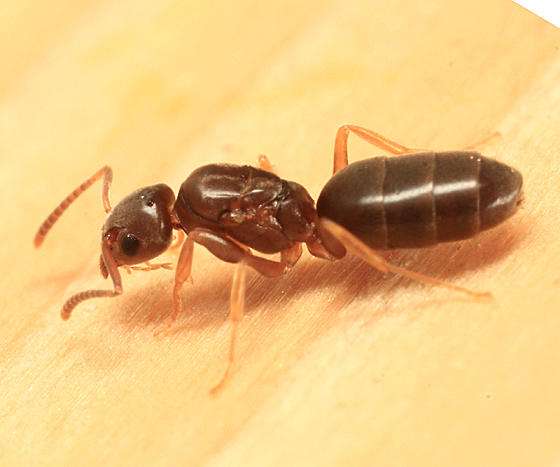
Pheidole flaveria is a smaller yet formidable species of Pheidole that frequently forms colonies with multiple queens and has the potential to grow quickly. When food adversaries are discovered, they frequently have a good recruiting mechanism and are aggressive ants. Their orange/brown coloring makes them pleasant to observe in motion. They had a caste structure with workers and soldiers, just like all Pheidole. They are a fantastic species to invest in, highly interesting, and quickly expanding, making them an especially fascinating species for ant keepers.
Keeping difficulty
Moderate (due to rapid development and the necessity for good escape prevention as the colony increases) keeping difficulties (recommended for keepers who have housed at least one exotic species or numerous European ant species).

- Breeding level: Advanced
- China is distributed geographically (Guangxi, Henan, Hubei, Shaanxi)
- Habitat: Grasslands, borders of forests, and wet fields
- Polygynes, a type of colony
- Queen: 7 to 8 mm in size, reddish brown in color.
- female employees Dimensions: 2–3mm Yellow with a reddish brown mandible
- Army: 3.5 to 4mm Yellow with a reddish brown mandible
- Male: 5 mm in size Reddish brown in hue
- Mealworms, flies, mosquitoes, crickets, and other insectivorous creatures are the main sources of food. occasionally some seeds and honeydew.
- Humidity: Hunting territory: 60–70% Nest: 60 – 80%
- Temperature: 24 to 30 °C in the hunting region Nest: 24 – 28 ° C
- Hibernation is not recommended, but a winter break at room temperature from early December to early March is acceptable.
- Nest type: Types of nests include reconstituted stone, tubes, and Plexiglas nests.
Description
Pheidole flaveria is an extremely aggressive species; they kill any nearby insects and engage in conflict with other colonies using their large soldiers. The workers only have a few months of life expectancy. To have a large brood to replace the natural ones, you must feed them insects. Considering that they are thought to be the queens of escape, a completely closed hunting location is required.
The most polygynous Pheidole species is this one; colonies can contain over 100 queens.
Table





